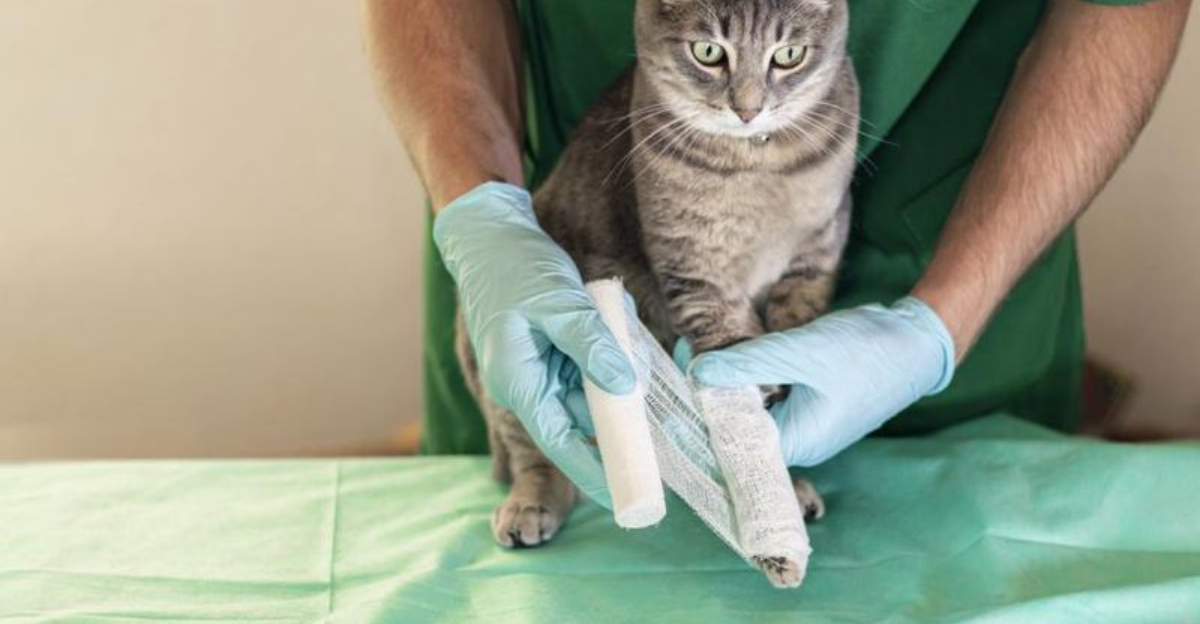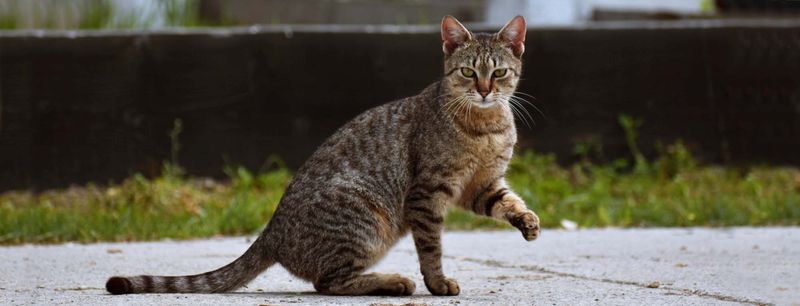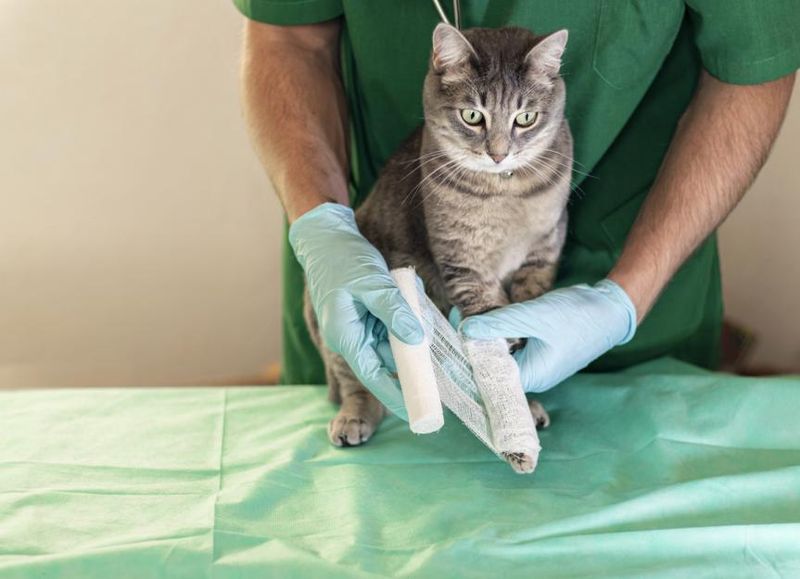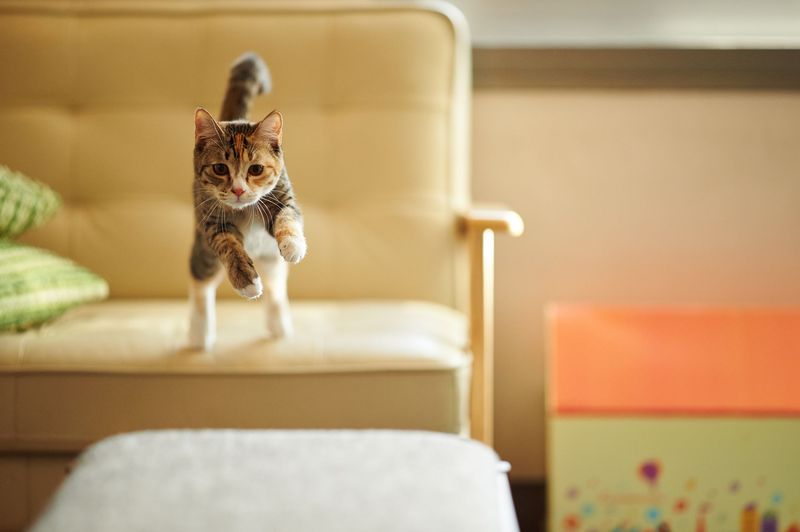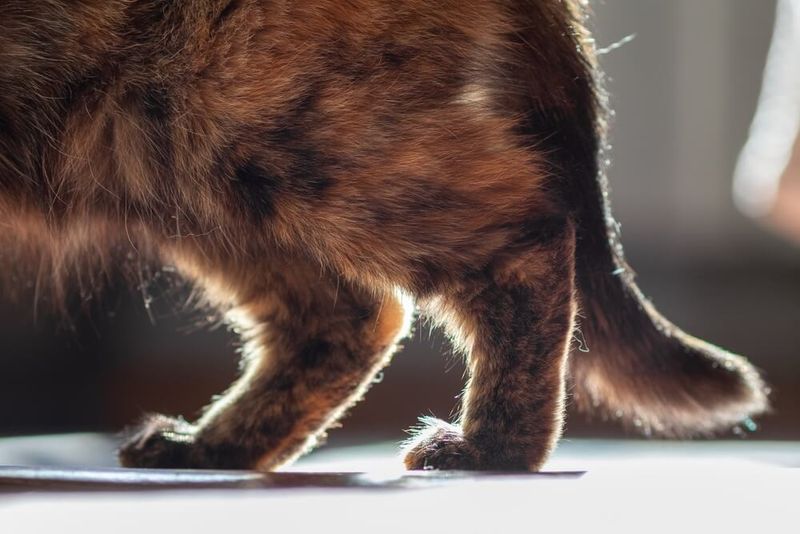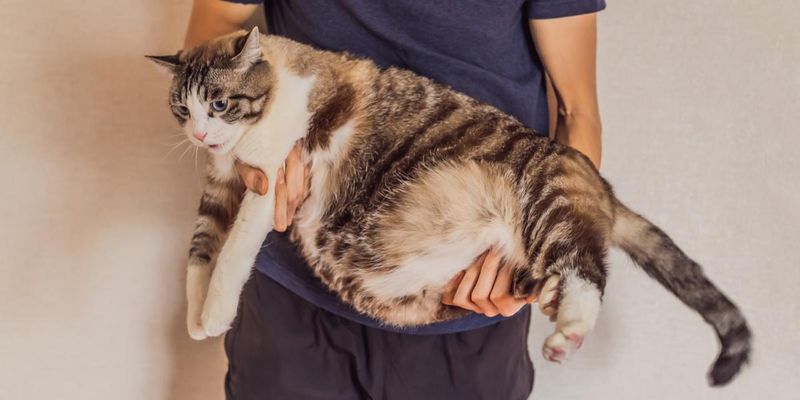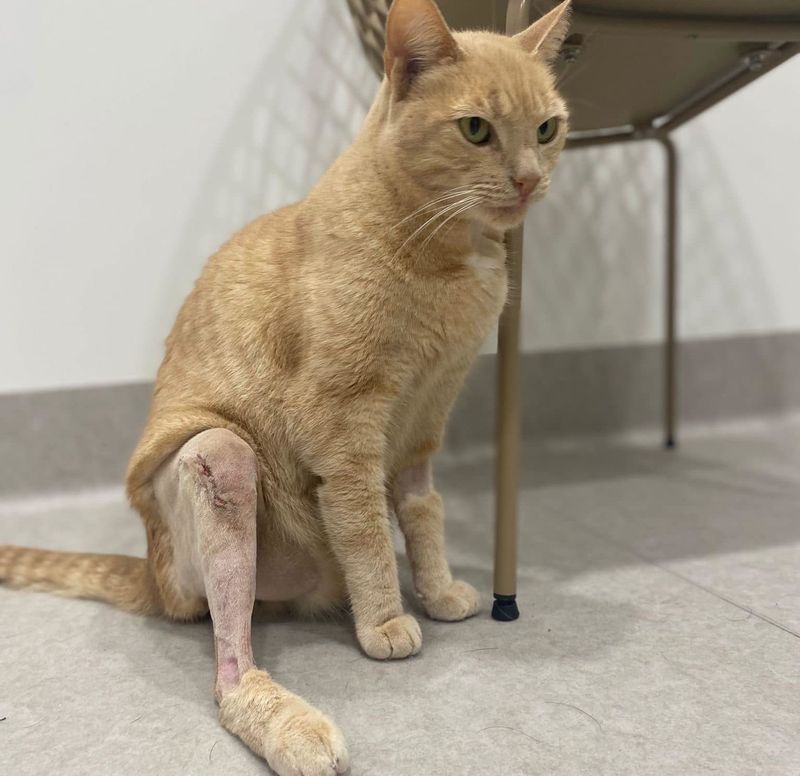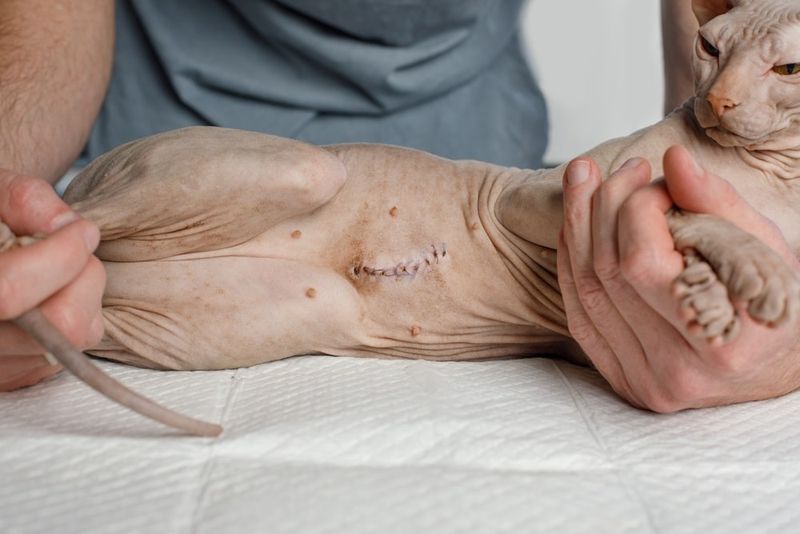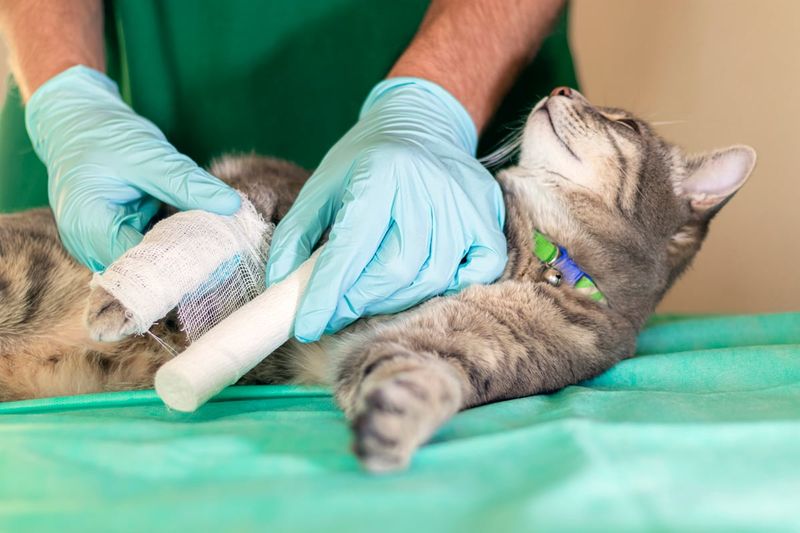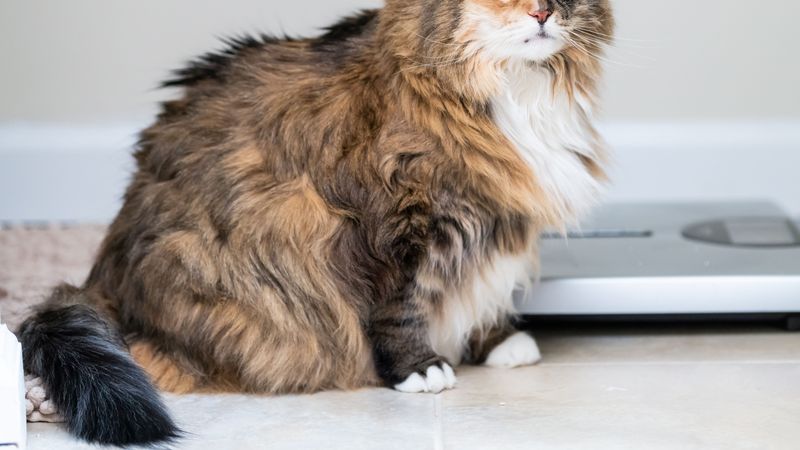📖 Table of Content:
- 1. Soft Tissue Injuries (Sprains and Strains)
- 2. Fractures and Post-Orthopedic Surgery Recovery
- 3. Intervertebral Disc Disease (IVDD)
- 4. Arthritis and Joint Degeneration
- 5. Hip Dysplasia
- 6. Cruciate Ligament Injuries (CCL Tears)
- 7. Nerve Damage and Neurological Conditions
- 8. Wound and Surgical Incision Recovery
- 9. Luxating Patella (Dislocated Kneecap)
- 10. Obesity-Related Mobility Issues
Cats are agile creatures, often landing gracefully from high perches and darting through tight spaces. But even the most athletic feline isn’t immune to injury. From slips and falls to chronic conditions, physical ailments can creep into your cat’s life and compromise their mobility, comfort, and overall happiness.
Feline physical rehabilitation is an often-overlooked but powerful tool in helping cats recover from these setbacks. Just like in human medicine, targeted therapies like massage, hydrotherapy, and guided exercise can promote healing, reduce pain, and restore function. Whether your cat is bouncing back from surgery or managing a long-term condition, rehab offers a gentle, effective path forward.
In this article, we’ll explore 10 common injuries and conditions in cats that respond well to rehabilitation. Each one affects mobility or causes discomfort, but with a tailored rehab plan, most cats can regain strength, coordination, and confidence. Let’s take a closer look at the issues rehab can help treat—and why it might be the missing piece in your cat’s care.
1. Soft Tissue Injuries (Sprains and Strains)
Muscle pulls, tendon strains, and ligament sprains are surprisingly common in cats. Whether from a failed jump or rough play, these injuries can leave your cat limping or reluctant to move. Physical rehab helps by reducing inflammation and reintroducing motion through controlled exercises. Gentle massage and stretching techniques can loosen tight muscles and prevent future injury. Laser therapy and therapeutic ultrasound may also be used to accelerate healing. Without proper rehab, soft tissue injuries may linger or worsen over time. With guided care, cats often recover more quickly and regain full use of the affected limb.
2. Fractures and Post-Orthopedic Surgery Recovery
After a fracture or surgery to repair one, cats can struggle with stiffness and reduced range of motion. Rehabilitation focuses on restoring strength and mobility in the recovering limb. Weight-bearing exercises and balance training are often used to recondition muscles. Passive range-of-motion movements also help prevent scar tissue from limiting function. Hydrotherapy can be especially helpful for cats recovering from orthopedic surgery, allowing for low-impact movement. Pain management is another crucial component of rehab at this stage. With the right support, cats can regain mobility and reduce the risk of complications.
3. Intervertebral Disc Disease (IVDD)
IVDD can compress a cat’s spinal cord, leading to pain, weakness, or even paralysis. Rehab is often a core part of the treatment plan, particularly in mild to moderate cases. Techniques like neuromuscular stimulation and targeted stretching can help maintain nerve function. Exercises that promote balance and core strength are essential for spinal support. Cats may also benefit from laser therapy to reduce inflammation around affected discs. Over time, rehabilitation can improve mobility and reduce the likelihood of flare-ups. For cats who aren’t surgical candidates, rehab may be the best path forward.
4. Arthritis and Joint Degeneration
Arthritis is common in aging cats and can lead to chronic pain and stiffness. Physical rehab offers a drug-free way to ease symptoms and improve movement. Low-impact activities strengthen supporting muscles, taking pressure off sore joints. Joint mobilization and massage can reduce discomfort and enhance flexibility. Regular rehab sessions can also slow the progression of degeneration. Cats often become more active and engaged once their pain is under control. With consistent care, arthritis becomes more manageable—and your cat can get back to enjoying daily life.
5. Hip Dysplasia
Though more common in dogs, hip dysplasia can affect cats too—especially larger or purebred felines. The condition causes abnormal development of the hip joint, leading to instability and pain. Rehab focuses on building muscle to stabilize the joint and reduce stress. Range-of-motion exercises and weight control are key components of treatment. Modalities like cold laser therapy may also be used for inflammation and pain relief. By strengthening the muscles around the hips, cats experience improved mobility and reduced discomfort. Early intervention with rehab can greatly improve long-term outcomes.
6. Cruciate Ligament Injuries (CCL Tears)
Though relatively rare in cats, torn cruciate ligaments can cause serious mobility issues. These injuries often happen during sudden stops, turns, or jumps. Surgery is sometimes required, but rehab plays a major role in both pre- and post-operative care. Exercises that restore joint stability and improve muscle coordination are essential. Ice therapy, massage, and controlled walking can help reduce inflammation and support healing. Cats recovering from CCL injuries often need gradual reintroduction to activity. With guided rehab, full recovery is more likely and long-term joint damage can be minimized.
7. Nerve Damage and Neurological Conditions
Injuries or conditions affecting a cat’s nerves can lead to weakness, dragging limbs, or coordination issues. Rehab focuses on stimulating nerve pathways and retraining the body to move properly. Balance work, walking exercises, and proprioceptive training help cats reconnect brain and body. Electrical stimulation and laser therapy may be added to boost recovery. Neurological rehab is slow and steady, but small gains add up over time. Cats may surprise their owners with how much function they can regain. With patience and persistence, many regain mobility and independence.
8. Wound and Surgical Incision Recovery
After surgery or traumatic injury, wound care is a major part of rehabilitation. Rehab ensures incisions heal correctly while keeping the surrounding tissue flexible. Gentle massage and passive motion exercises can prevent stiffness and adhesions. Laser therapy is often used to speed healing and reduce scarring. It’s also essential to keep your cat moving in safe, supervised ways to avoid muscle loss. Physical therapists help guide the timing and intensity of activity. Proper rehab can mean the difference between a routine recovery and lingering complications.
9. Luxating Patella (Dislocated Kneecap)
Some cats are born with loose kneecaps that slip out of place—this is called luxating patella. When it happens frequently, it can cause pain and lead to long-term joint damage. Physical therapy aims to strengthen the quadriceps and thigh muscles to keep the kneecap in place. Range-of-motion exercises and balance work are crucial to retrain movement patterns. In mild cases, rehab alone may prevent the need for surgery. For post-surgical cats, rehab is key to preventing recurrence. With consistent exercises, cats can regain confidence in movement and reduce dislocation episodes.
10. Obesity-Related Mobility Issues
Excess weight puts serious strain on a cat’s joints and muscles. Rehab can help overweight cats slim down safely while protecting their joints during exercise. Underwater treadmill therapy is especially helpful, offering resistance with low impact. Strengthening exercises improve muscle tone and help prevent injury. Therapists also guide diet and movement plans to support sustainable weight loss. As weight drops and muscles strengthen, cats often rediscover playful behaviors. Rehab is not just about recovery—it’s also a proactive tool for healthier, happier lives.
